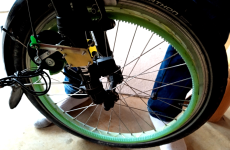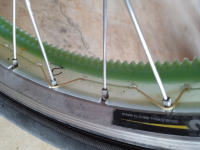marka-ee
100 W
- Joined
- Mar 24, 2020
- Messages
- 173
I'm looking at various prices in the EU for toothed belts and I'm noticing that Gates is almost double the price of the more local Optibelt type. Does anybody have experience with Optibelts as far as durability, etc?
I was looking at pricing on www.zahnriemen24.de , I'm not sure if it's the best or cheapest place to buy either.
I was looking at pricing on www.zahnriemen24.de , I'm not sure if it's the best or cheapest place to buy either.





